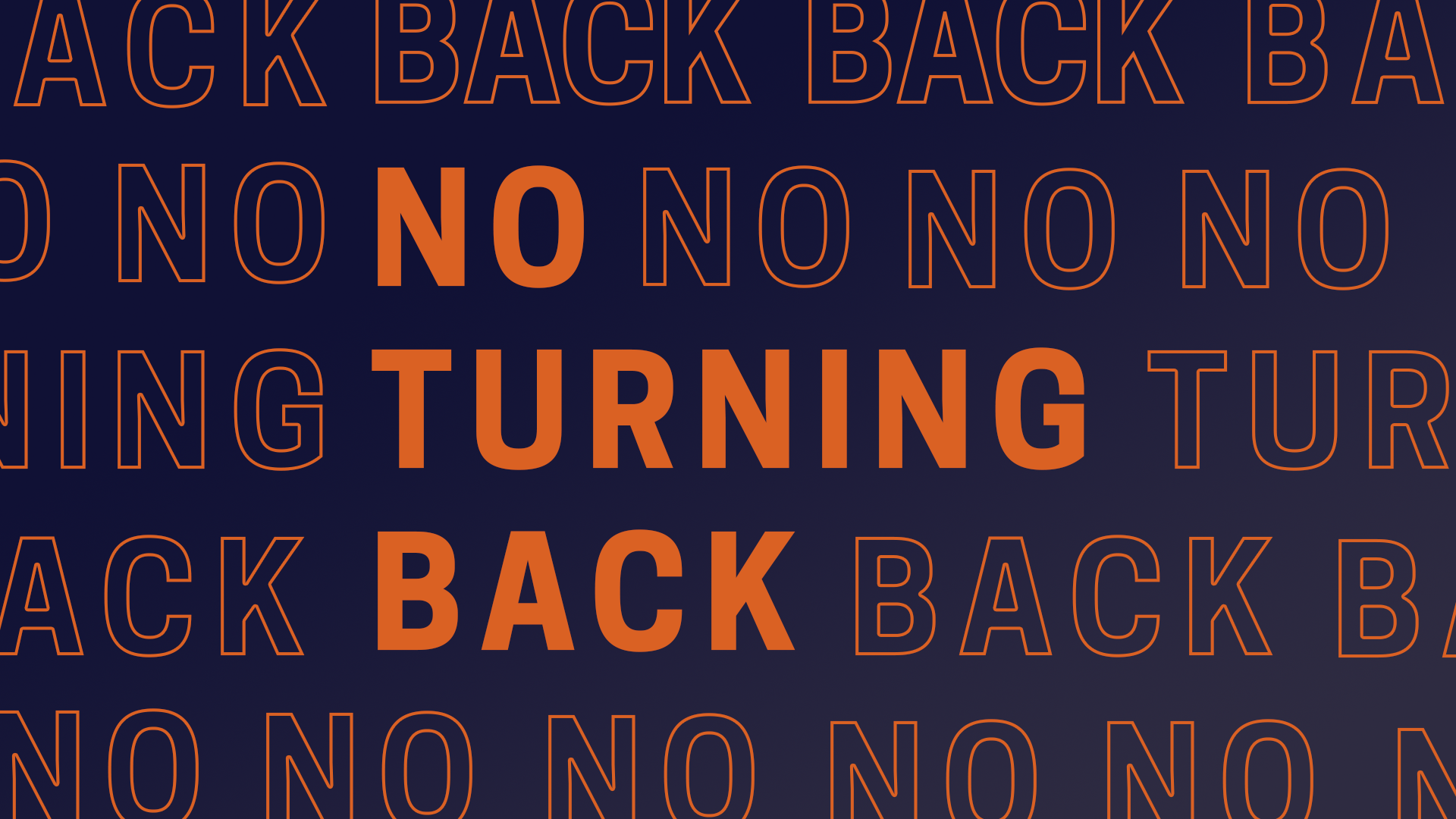For generations, we’ve built strategy (whether for a company, team, or military) on a foundation of predictability. Most of today’s leaders grew up in a world where organizations planned and executed by gathering detailed information from the field, then having subject matter experts make sense of that information and convert it into recommendations. Leaders set the plan, cascade the plan, talk publicly about the plan, and monitor the plan as it goes into execution. When the plan aligns with market demands, the organization is rewarded for its foresight and leadership. When the environment shifts and the plan doesn’t hold up, the organization suffers. Confidence goes down. Stock price takes a hit. Analysts question the capability of the leadership. We’ve seen this cycle unfold countless times, and many of us have lived through the ups and the downs in our own leadership careers.
The process is methodical and dependable – effective when the environment around us is constant or predictable, but challenged when entering a complex environment, and obsolete when it faces the chaos of today’s environment. But at least it’s a methodology that provides structure and clarity. An imperfect plan is better than no plan.
Today, we’re facing an environment that none of us have faced before: a global pandemic triggering a recession with an unclear timeline ahead of us. Despite that uncertainty, our role as leaders is to make some sense of this and move forward. Leaders in this moment need a strategic planning process that will enable maximum flexibility. This will require quickly moving past the process your company has been comfortable with for many years – perhaps decades.
Will the recovery by U-shaped, V-shaped, or something we cannot yet describe? Will the presidential election be disrupted this fall? Will consumers adapt quickly to buying cars, houses, and durables through online-only selling? The list could go on, and these are just the most obvious disruptions. Any framework that attempts to model a single economic path and forecast production from it should be viewed as less valuable than the paper it’s printed on.
Instead, leaders will have a greater impact if they spend the weeks and months ahead building a resilient operating model that can adjust and pursue targets opportunistically. Set clear and steady objectives that will act as guideposts but acknowledge that the strategy to get you there will likely need to pivot in the months ahead. Think of it as walking into the wooded valley leading to your eventual objective – the mountain peak in the distance. You’ll be able to keep an eye on the peak throughout your hike, but your path through the woods will vary based on the conditions you encounter. If you enter the woods with a fixed route, any unexpected problems in the woods could derail you. Adapting to the woods, while keeping an eye on the mountain peak, is a more appropriate mindset.
The good news is, most organizations already have this type of thinking embedded in their operating model. Most Finance functions, and perhaps other divisions, are already adept at running regular contingency and scenario planning drills. But what traditionally has occurred far from center stage must become the core techniques of your 2020-21 strategy process. Model 3-4 most likely economic forecasts for the next 6-12 months; develop at least 2 paths within each forecast; require each major division (sales, marketing, supply chain, etc.) to develop short but realistic plans to support company goals within each scenario. The key here will be to force the conversation between various senior leaders about how their actions and thinking changes as various scenarios begin to come true, how this amount of variability will exploit their interdependencies, and what type of fast trade-offs will be required in the quarters ahead.
Nearly a decade ago, I had a discussion with a Fortune 500 CEO client, who decided to implement a similar model of resilient strategic planning that I had seen in the Special Operations community. This CEO revamped his communication and decision-making operating models from centralized and top-down, to networked and transparent. Each week, hundreds of leaders from around the world would dial in to review the last seven days, inform (from the ground up) what was happening in their part of the market, and allow the organization to make micro-adjustments to strategic plans. “We don’t operate in years. We plan, act, communicate, learn, and adjust together every 7 days. If my board of directors would let me, I’d put my annual strategy on my website for all of our competitors to see. They would be chasing a plan on a shelf, while we are adjusting to customer behavior in the market in near-real-time.”
This leader was well ahead of the trend, but the methodology is a crisp description of the agile footing that all organizations would benefit from in this 2020 environment. That, of course, is easier said than done. A model built on resilience is one driven by transparency, strong levels of trust, aggressive communication systems, and leaders who are willing to renounce the safety offered by hierarchy. Here are three places you can start:
- Metrics & Reporting:
Are you receiving data and perspectives from the front lines before it gets filtered through the bureaucracy, or are you receiving beautiful briefing decks from last month’s performance and multiple divisions of sign-off on the analysis? The longer it takes for front-line customer data to process through your organization, the more likely it will be packaged and reinterpreted through the lens of your now out-of-date strategy. Cut through that temptation. Teach your people to be comfortable with raw data and imprecise interpretations. - Information sharing:
Is information moving horizontally between divisions as easily as it’s moving up and down a single division? Large, transparent communication forums, like the example I shared above, are a great start for this type of collaboration. Our current shift to virtual and remote work is a great opportunity for you to experiment with cross-boundary meetings; you’re no longer limited by the size of your conference room or the time to walk from one building on campus to another. Build larger forums and ask questions that force your team to think horizontally. - Action:
Encourage new actions based on incomplete information. Whereas you used to have a disciplined, time-consuming process to evaluate new markets and customer types, you no longer have the luxury of time. Ask yourself, as a leader, whether there is sufficient action happening that isn’t requiring your oversight. Every time you hear about a good idea that is waiting for a meeting or approval, take it as a red-flag and work to remove barriers. Every time you hear about a project moving and adjusting with independent thinking and action, highlight it to your team as an example of how a resilient organization operates.
The next phase of business will not be won by those organizations producing 100-page strategy decks. Work to simplify today’s strategy down to three pages, then to one, then to a discussion you can have on a whiteboard in two minutes or less. Once you can do that, start talking to the entire company about how your strategy will help you navigate the various scenarios that might unfold in the coming months. Many of today’s assumptions will be proven wrong, but you’re strengthening your team’s chances for success by setting a simple base plan and signaling comfort with uncertainty.
In the face of unprecedented uncertainty, rigid strategic planning processes will prove insufficient, if not catastrophic. Leaders that set a clear strategy, push transparency, and demand cross-functional actions will set the path for others. Their organizations will adapt first, and lead through these unprecedented times. There is no turning back.



